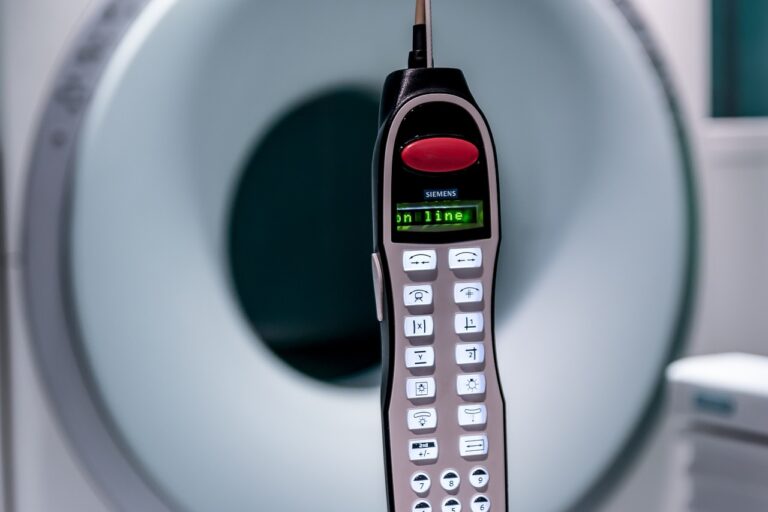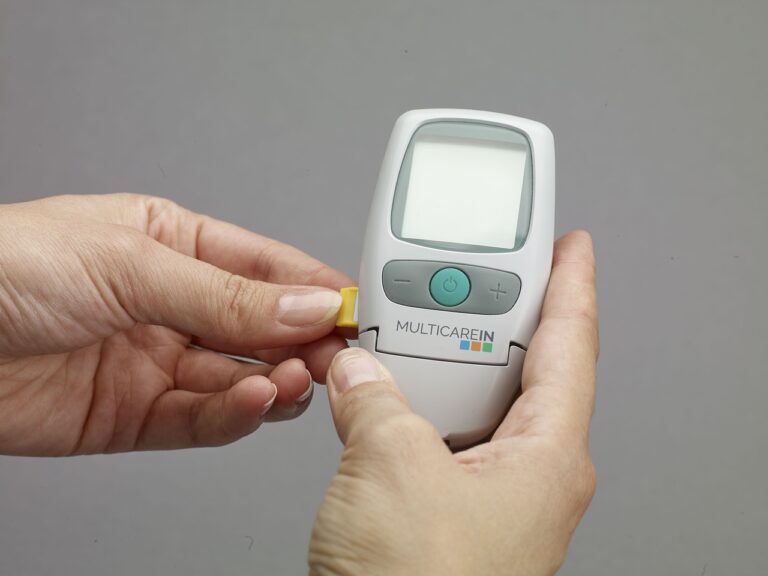The Potential of 3D Bioprinting in Bone Tissue Engineering for Orthopedic Applications
Bone tissue engineering is a rapidly evolving field that aims to develop innovative strategies for repairing and regenerating damaged bone tissue. By combining principles from materials science, engineering, biology, and medicine, researchers are working towards creating biomaterials and scaffolds that can mimic the structure and function of natural bone. These engineered constructs have the potential to enhance bone healing processes and ultimately improve patient outcomes in orthopedic surgeries.
One of the key goals of bone tissue engineering is to design biocompatible materials that can provide mechanical support and guidance for new bone formation. By leveraging advancements in biomaterials and tissue engineering techniques, scientists are exploring novel approaches to stimulate bone regeneration and integration within the body. Through a multidisciplinary approach, bone tissue engineering offers promising solutions for addressing bone defects, fractures, and degenerative bone diseases, paving the way for more effective and personalized treatment options in orthopedic medicine.
Current Challenges in Orthopedic Applications
One of the primary challenges in orthopedic applications is the need for improved biomaterials with properties that closely mimic those of natural bone tissue. Developing biomaterials that are biocompatible, strong, and able to promote cell growth and differentiation remains a significant hurdle in the field of bone tissue engineering. Achieving the right balance of mechanical strength and porous structure to facilitate nutrient exchange and waste removal is crucial for the successful integration of biomaterials in orthopedic implants.
Another key challenge in orthopedic applications is the limited ability to precisely control the growth and formation of blood vessels within engineered bone tissue. Proper vascularization is essential for supplying oxygen and nutrients to cells, as well as facilitating the removal of waste products. Without adequate blood supply, engineered bone constructs may not survive or integrate effectively with surrounding tissues. Finding innovative strategies to promote vascularization within engineered bone tissue is a complex yet critical aspect that researchers are actively working to address.
Advantages of 3D Bioprinting in Bone Tissue Engineering
3D bioprinting has emerged as a groundbreaking technology in the field of bone tissue engineering. One of its major advantages is the precise control it offers over the structure and composition of the printed scaffolds. This level of customization allows for the production of implants tailored to match the unique anatomical features and requirements of each patient, leading to improved integration and functionality.
Moreover, 3D bioprinting enables the incorporation of bioactive factors and cells into the scaffold during the printing process. This capability is crucial for promoting tissue regeneration and enhancing the healing process. By mimicking the natural bone microenvironment, bioprinted constructs can stimulate cell proliferation, differentiation, and mineralization, ultimately accelerating the bone regeneration process and improving overall treatment outcomes.
3D bioprinting offers precise control over the structure and composition of printed scaffolds
Customization allows for implants tailored to match unique anatomical features of each patient
Improved integration and functionality of implants
Incorporation of bioactive factors and cells during printing process promotes tissue regeneration
Mimicking natural bone microenvironment stimulates cell proliferation, differentiation, and mineralization
Accelerates bone regeneration process
Enhances overall treatment outcomes
What is bone tissue engineering?
Bone tissue engineering is a field that involves the use of biomaterials, cells, and growth factors to create functional bone tissue for repair or regeneration.
What are some current challenges in orthopedic applications?
Some current challenges in orthopedic applications include limited availability of donor bone, risk of rejection, and difficulties in recreating complex bone structures.
How does 3D bioprinting benefit bone tissue engineering?
3D bioprinting allows for precise control over the placement of cells, growth factors, and biomaterials, resulting in the creation of complex bone structures that closely mimic natural bone tissue.
Can 3D bioprinting be used to customize bone implants for patients?
Yes, 3D bioprinting can be used to customize bone implants based on a patient’s specific anatomy, which can improve the success rate of surgeries and reduce the risk of complications.
What are some advantages of using 3D bioprinting in bone tissue engineering?
Some advantages of using 3D bioprinting in bone tissue engineering include faster production of bone scaffolds, improved accuracy in replicating complex bone structures, and the ability to create personalized implants for patients.







